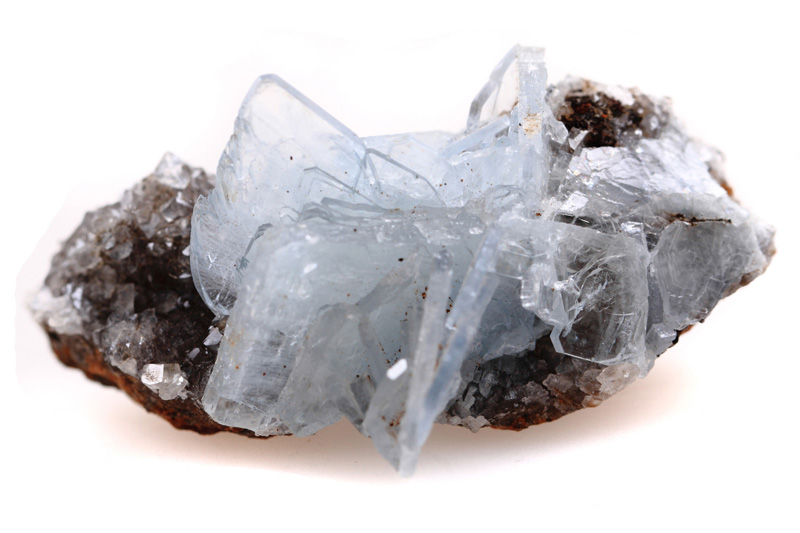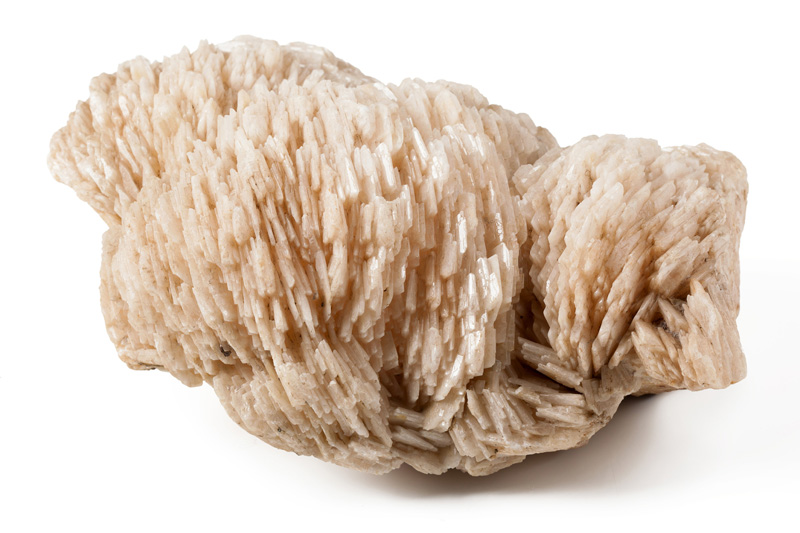

PHYSICAL PROPERTIES
- GROUP Sulfates
- COMPOSITION BaSO4
- COLOR Colourless, white, grey, bluish, greenish, beige
- CRYSTALLINE SYSTEM Rhombic
- CRYSTALLINE HABIT From tabular to prismatic
- HARDNESS 3 - 3.5
- FRACTURE Uneven
- EXFOLIATION Perfect
- SHINEVitreous, resinous, pearly
- STRIP White
- TRANSPARENCY From transparent to translucent
- SPECIFIC WEIGHT 4.5
- REFRACTIVE INDEX 1.63 - 1.65
MINERALOGICAL CHARACTERISTICS
The barite is the most frequent barium mineral and its main ore.
Its name comes from the Greek "barys" which means " heavy", due to its high specific weight. It is also called "heavy spar".
The barite usually crystallizes in tabular, prismatic or "cockscomb" aggregates. It can also be found fibrous, massive, stalactitic or concretionary. Rosette-shaped barium crystals are called desert rose.
Barite is a common secondary mineral in veins of lead and zinc or in sedimentary rocks such as limestone , in marine deposits and in igneous rock cavities. It is soft and fragile, so it is not used to carving.
Deposits: Spain, France, Romania, Great Britain, Germany, India and the United States.
THERAPEUTIC PROPERTIES
The barite helps to cleanse and rebalance the chakras. It enhances one's own autonomy, communication, understanding between people and overcoming shyness. It facilitates memory, motivation and vitality.
On a physical level it is said that it calms the digestive and nervous systems.


